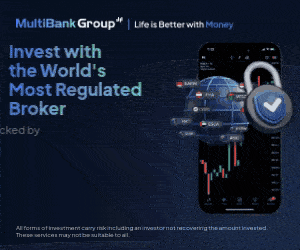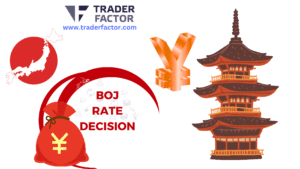The Bureau of Economic Analysis (BEA) is scheduled to release the latest data on the Personal Consumption Expenditures (PCE) Price Index (PCE Price Index), which serves as the Federal Reserve’s preferred metric for gauging inflation. This report, although reflecting data from before the Fed’s recent decision to lower the federal funds rate target range by 50 basis points, will play a crucial role in either supporting or challenging the Fed’s monetary policy decisions.
Fed’s Inflation Strategy
Federal Reserve Chairman Jerome Powell has consistently indicated that the Fed will consider easing monetary policy when it is confident inflation will stabilize at the 2% target. While inflation has not yet reached this level, current data on core inflation—which excludes volatile categories like food and energy—provides valuable insights as it is a strong predictor of overall future inflation trends.
Recent Inflation Trends
Analysts anticipate positive trends in inflation with the upcoming release of the August PCE Price Index report. This index, which the Fed closely monitors, is expected to reinforce the downward path for interest rates. Predictions indicate a 0.1% monthly increase and a 2.7% annual rise in the overall PCE Price Index, with the core PCE measure also expected to rise by 0.2% monthly and 2.7% annually.
PCE Price Index vs. CPI
The PCE Price Index and the Consumer Price Index (CPI) both measure inflation, yet they differ in composition. The CPI gives more weight to housing costs, while the PCE emphasizes healthcare expenses, resulting in varying inflation readings from the two indices. Analysts have noticed a significant gap between them, with the CPI showing greater housing-related inflation.
Forecasts and Economic Implications
Looking ahead, the Fed is projected to implement further rate cuts, potentially reducing rates by 25 basis points in upcoming meetings. This dovish stance, combined with Powell’s confidence in the economy’s resilience, has led to increased investor activity in the stock market, despite some concerns about the dollar’s depreciation.
Frequently Asked Questions
What is the PCE Price Index?
The PCE Price Index measures the average increase in prices for all domestic personal consumption expenditures. It is a comprehensive indicator of consumer price trends and inflation.
What is the difference between CPI and PCE Price Index?
The CPI focuses more on urban consumer spending patterns, whereas the PCE considers broader categories, including rural spending and healthcare, leading to different inflation readings.
What is the PCE Index today?
The PCE Index reflects the current level of consumer spending and price changes. For the latest figures, refer to the most recent BEA release.
What is the Fed’s preferred PCE?
The Fed uses the PCE Price Index as its preferred measure of inflation due to its comprehensive coverage and alignment with consumer spending patterns.
What does a high PCE mean?
A high PCE indicates increasing consumer prices, signaling potential inflation pressures that may influence the Fed’s monetary policy decisions.
What is core PCE Price Index in forex?
In forex, the core PCE Price Index is used to gauge underlying inflation trends by excluding volatile food and energy prices, affecting currency valuations and trading strategies.
How does PCE affect interest rates?
The PCE influences the Fed’s decisions on interest rates, as persistent inflationary trends may lead to rate hikes, while subdued inflation could result in rate cuts.
How does PCE affect the price of gold?
Gold prices are sensitive to inflation expectations; thus, higher PCE readings can increase demand for gold as an inflation hedge.
Who uses PCE?
The PCE is utilized by policymakers, economists, and investors to assess inflation trends and make informed economic decisions.
How does Fed calculate PCE?
The Fed calculates the PCE by analyzing data on personal consumption expenditures and adjusting for price changes over time.
Why is core CPI higher than CPI?
Core CPI excludes volatile food and energy prices, often showing a higher rate due to the stability of other consumer goods and services.
What does it mean when PPI is higher than CPI?
When the Producer Price Index (PPI) exceeds the CPI, it suggests that production costs are rising faster than consumer prices, potentially compressing profit margins.
What is the PCE formula?
The PCE formula involves dividing nominal personal consumption expenditures by real personal consumption expenditures and multiplying by 100 to obtain the index.
What is the gap between CPI and PCE?
The gap arises from different expenditure weights and coverage areas, with CPI focusing more on urban areas and PCE covering a broader range of spending.
What are the three measures of inflation?
The three key measures of inflation are the Consumer Price Index (CPI), the Personal Consumption Expenditures (PCE) Price Index, and the Producer Price Index (PPI). Each provides unique insights into different aspects of price changes within the economy.
Disclaimer:
All information has been prepared by TraderFactor or partners. The information does not contain a record of TraderFactor or partner’s prices or an offer of or solicitation for a transaction in any financial instrument. No representation or warranty is given as to the accuracy or completeness of this information. Any material provided does not have regard to the specific investment objective and financial situation of any person who may read it. Past performance is not a reliable indicator of future performance.

















